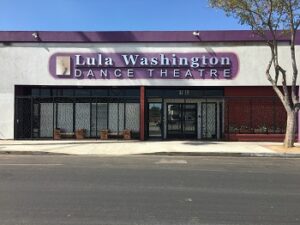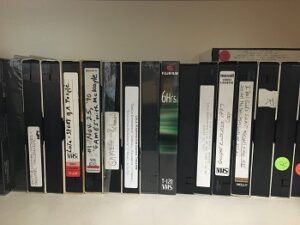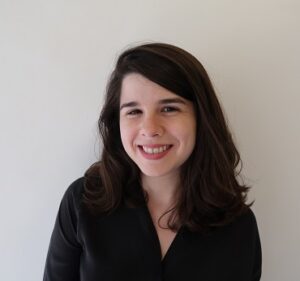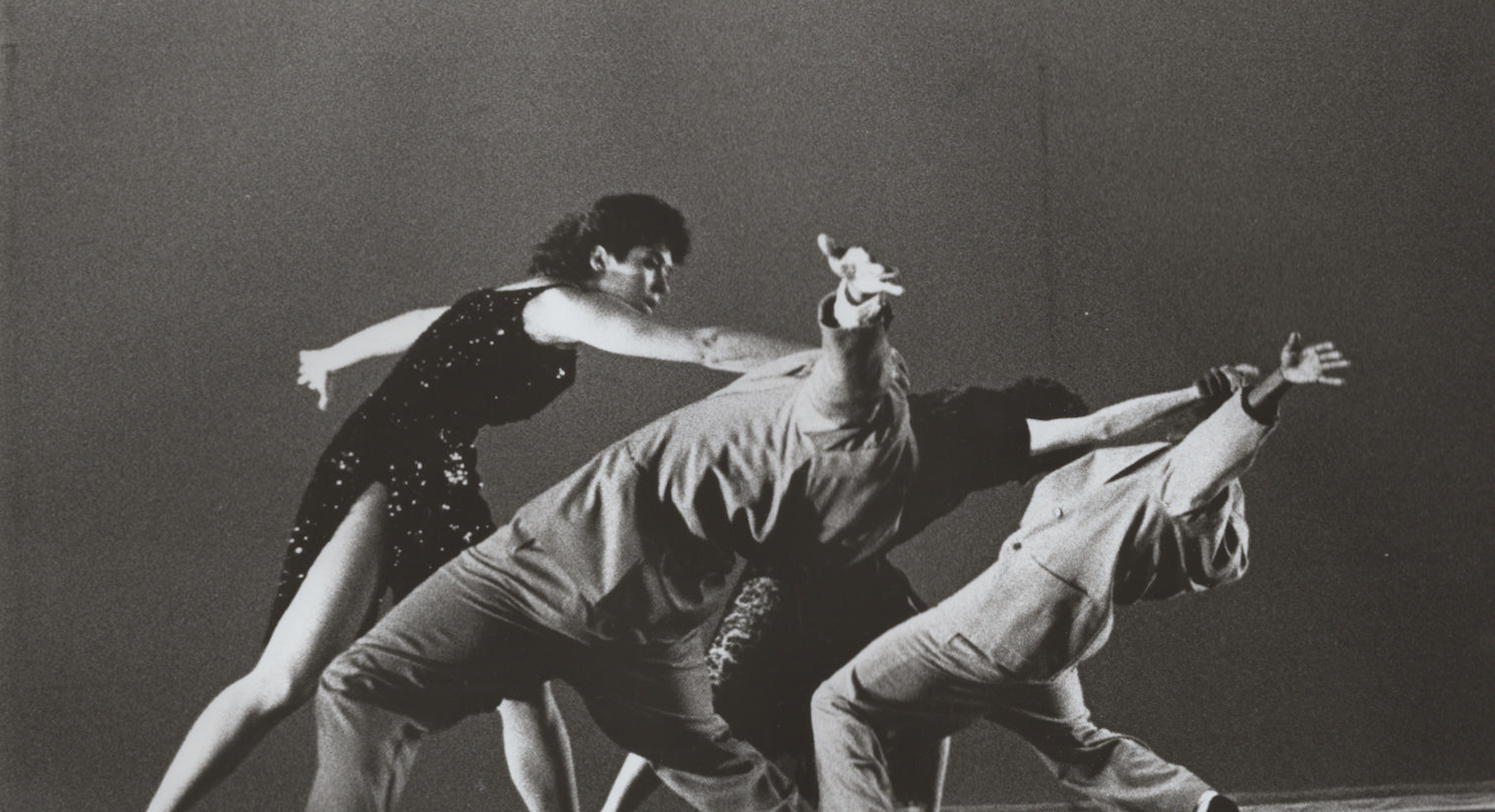By Carolina Meneses
Carolina Meneses is Dance/USA’s first Dance Archiving & Preservation Fellow. Her Fellowship, from July-September 2018, is hosted by UCLA Library Special Collections, and her practicum site is Lula Washington Dance Theatre. Read more about the Fellowship program here. This is the fourth of six parts of Carolina’s blog about her 2018 summer Fellowship. Read the third part here, and the fifth part here.
October 24, 2018
“Lula’s enthusiasm in that moment punctuates how important this work has been”

Façade of Lula Washington Dance Theatre on Crenshaw Boulevard in Los Angeles. Photo by Carolina Meneses
For the last few weeks I have continued with my inventory of audiovisual (AV) material at the Lula Washington Dance Theatre (LWDT). I have surveyed close to 800 items and counting. The material I’ve encountered the most is optical media, which includes DVDs and compact discs (CD). Believe it or not, optical media isn’t immune to deterioration over time. Not only that, but it tends to be more sensitive to mishandling. It is very delicate and prone to cracks and scratches (I know there’s a reader or two out there that can reminisce on the quick fix of wiping a CD clean with their shirt in order to listen to a track without a skip.) As a result, I consulted the Preservation Self-Assessment Program collection identification guide for information about risks and storage recommendations. It indicated that “recordable discs may be appropriate as a temporary solution for smaller institutions that have a collection of compact cassettes in need of immediate reformatting and that are under funding restraints. However, transfer to optical media should not be considered the final stage for this type of archival preservation.” While optical media tends to deteriorate at a slower rate than say, videotape formats like VHS, they should not be taken for granted as invincible.
Although at times routine, this process of surveying the dance company’s AV materials has come with a very rewarding moment. This past week I began going through the materials in Lula’s office and on Saturday she mentioned that she needed to locate a couple of tapes. The only clues she gave me were “Mary, Don’t You Weep” (after the gospel song popularized by the late Aretha Franklin) and “Initiations’, which is one of the company’s landmark pieces. A search through my inventory came up with more than a few instances of the two and I was able to locate and hand a few materials to Lula. Happily, she found what she was looking for! Lula’s enthusiasm in that moment punctuates how important this work has been, that is, of creating an inventory of AV materials. I will leave LWDT with better access to her materials, which is essential to a living archive.

Lula Washington Dance Theatre collection of VHS. Photo by Carolina Meneses
As my fellowship comes to close, I’ve been thinking about how invaluable it would be to conduct oral histories with Lula and other members of the LWDT. Just recently, I participated in an oral history workshop at UCLA’s Library Center for Oral History Research where we covered the basics of oral history methodology, including designing interview outlines, effective interviewing techniques, as well as legal and ethical concerns. It was such an enriching experience to say the least and it made me think of how it could be applied to preserving dance legacy. A combination of audio and visual interviews with the dancer providing commentary on old video footage of a performance and rehearsal would be useful to creating new iterations of a choreography — an idea first brought to my attention by Stephanie Neel, Archive Project Director at the Mark Morris Dance Group, at the Archiving and Preservation Affinity Group meeting this past summer at Dance/USA’s Annual Conference in Los Angeles.
While surveying LWDT’s massive AV collection of various formats, I have wondered specifically about its future usefulness for dancers in the company and I keep returning to the idea of Lula singling out her most significant works for commentary. I wish I had more time to take on such an endeavor. It’s something I would definitely like to explore in the future as I continue to wonder about the possibilities for making dance archives more useful to the practitioners themselves.
 Carolina Meneses is pursuing a master’s degree in library and information science at UCLA, specializing in archival studies. A second generation Cuban-American from Miami, she received her BA in comparative literature at Smith College where she focused on the intersection of memory, dance, and language. After college, she participated in an archival internship with a dance company based in New York City, which became the foundation for her interest in the contradictory nature of preserving the ephemerality of dance performance for research and reproduction. Carolina is also the recipient of a Mosaic Scholarship from the Society of American Archivists, which provides support for minority students pursuing graduate studies in archival science.
Carolina Meneses is pursuing a master’s degree in library and information science at UCLA, specializing in archival studies. A second generation Cuban-American from Miami, she received her BA in comparative literature at Smith College where she focused on the intersection of memory, dance, and language. After college, she participated in an archival internship with a dance company based in New York City, which became the foundation for her interest in the contradictory nature of preserving the ephemerality of dance performance for research and reproduction. Carolina is also the recipient of a Mosaic Scholarship from the Society of American Archivists, which provides support for minority students pursuing graduate studies in archival science.
____
We accept submissions on topics relevant to the field: advocacy, artistic issues, arts policy, community building, development, employment, engagement, touring, and other topics that deal with the business of dance. We cannot publish criticism, single-company season announcements, and single-company or single artist profiles. Additionally, we welcome feedback on articles. If you have a topic that you would like to see addressed or feedback, please contact communications@danceusa.org.
Disclaimer: Opinions expressed in guest posts do not necessarily represent the viewpoints of Dance/USA.



